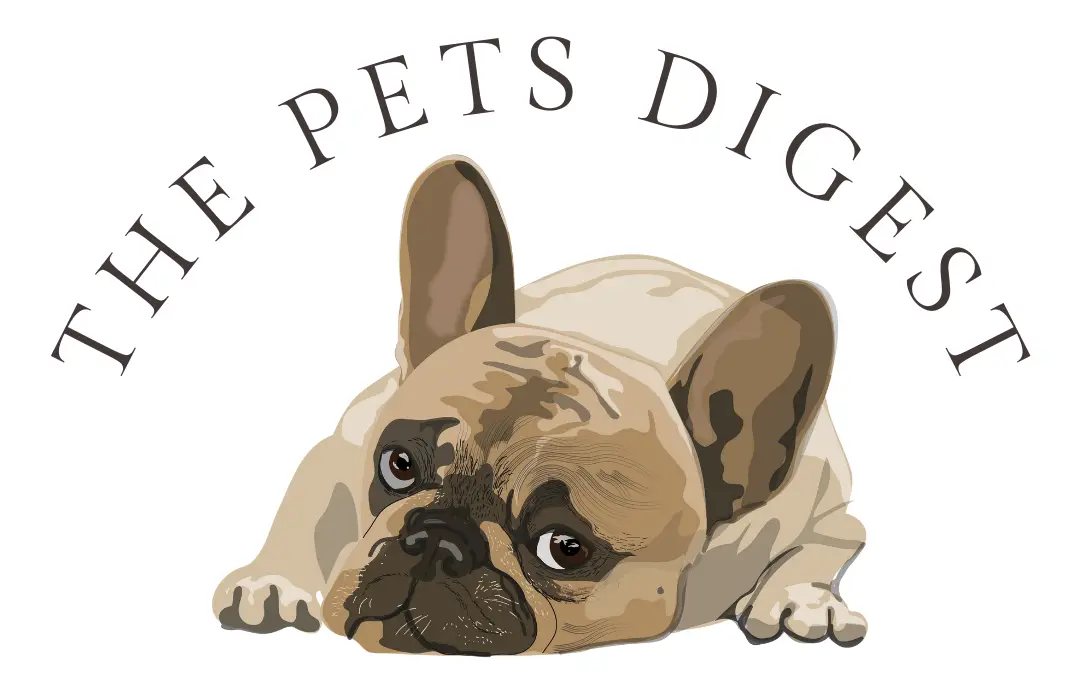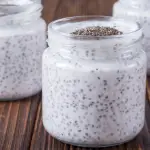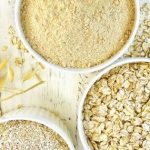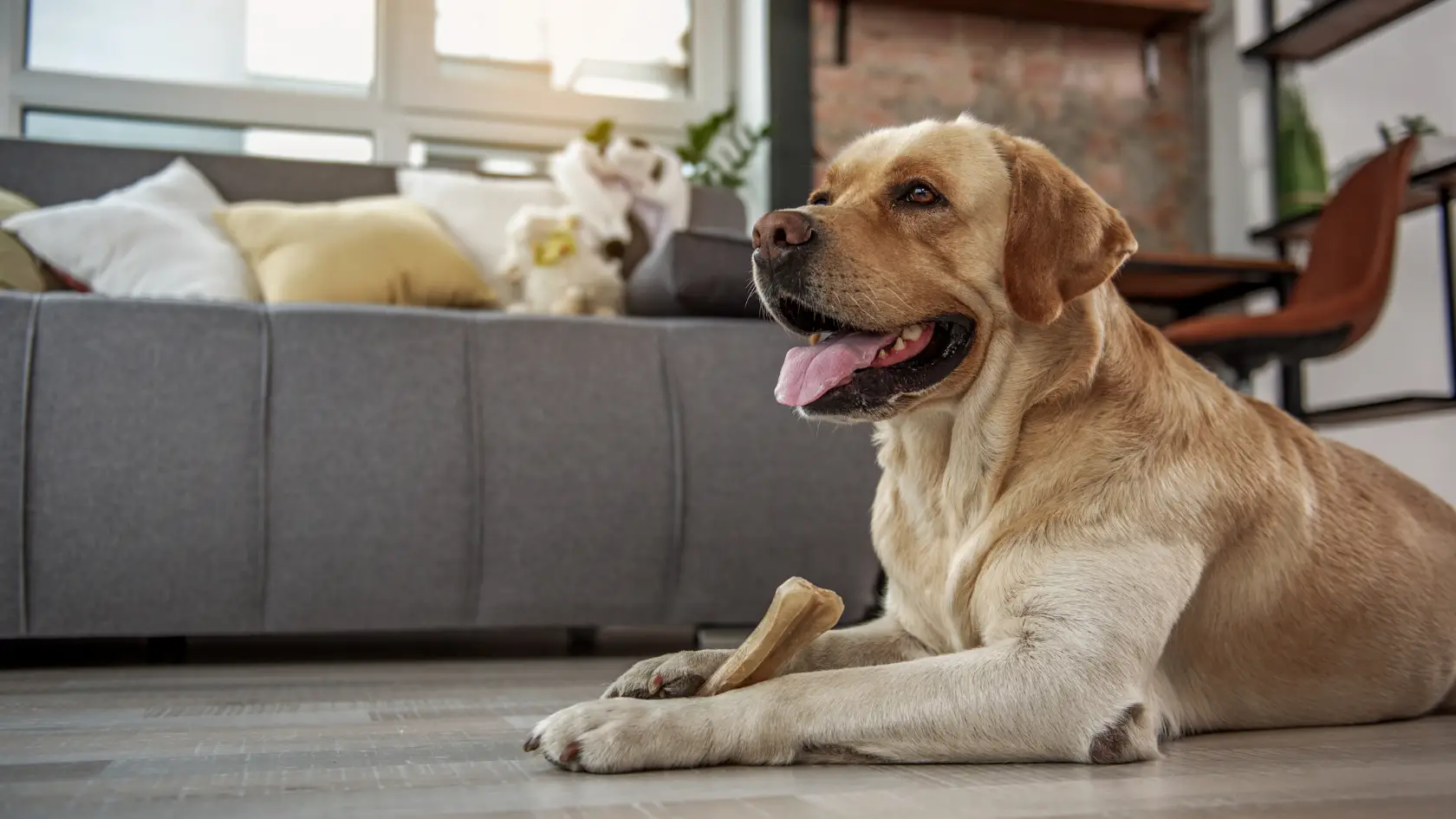Yes, you can give your dog flaxseeds and they are safe, in fact, it is already in quite a few dog foods and treats. Dogs can eat flaxseed, just make sure you keep these six things in mind when feeding them to your pet baby.
If you want to know a little bit more about the benefits of feeding them to your dog, I discuss them in this article.
1. THE SMALLER THE BETTER
If you are not using the oil and are using the seeds make sure that they are finely ground. Feeding the seed in its whole form will provide very little benefit to your dog as they seem to be pretty much indestructible inside that touch shell. In fact, it has been said that people have found entire seeds in-tact in Egyptian tombs.
If eaten whole, the seeds will most likely remain undigested and simply pass right through your dog’s digestive system. So, do yourself a favor and get seeds that are already ground or grind them yourself or use flax oil, otherwise, it will be money down the drain (or the esophagus in this case)! You can also purchase flaxseed oil in capsule form.
2. QUALITY OVER QUANTITY
Make sure you are giving your pup high-quality flax that is preferably organic and non-GMO. When farmed ethically, it is (hopefully) free of dangerous pesticides and chemicals that could negatively affect your dog’s gastrointestinal tract.
3. SPEAK WITH YOUR VET
Although flaxseed is a food, you will still want to run feeding it to your dog by your vet. This way you can get a proper amount to feed. While generally safe you don’t want to give your dog that weighs 10 pounds the same amount as a 100-pound dog. Make sure you discuss these amounts with your veterinarian prior to feeding. Signs of overfeeding often include upset stomach and diarrhea.
Get an amount to feed: While flax is a food and not a supplement or medicine, it is fairly difficult to become toxic in your dog’s body, but it is possible. But as the saying goes, too much of a good thing is a bad thing, so make sure to ask your vet how much you should give, while generally safe
4. POSSIBLE TOXICITIES
While flaxseed is for the most part pretty safe to feed your dogs, it is possible that it can prove to be toxic, but this would be extremely difficult. Many plant seeds contain cyanogenic glycosides, which are natural self-defense compounds. These are often released when chewed or digested and flaxseed is no different as it contains a moderate amount of the chemical.
If consumed in excess quantities it can cause some harm to your pup, but since the compound is made harmless by heating, this is not a concern for heat-treated pet foods. This is also another major reason why pet owners should seek advice from their veterinarian on how much flaxseed or oil to feed their dog regularly.
5. WATER IS A MUST
Since flaxseeds provide tons of fiber and naturally contain mucilage which is a thickening agent, is imperative that your dog has access to water. If they do not have water when needed the fiber most likely will not be removed from their bodies properly and have detrimental effects.
6. WATCH FOR RANCIDITY
If you decide to use flaxseed oil, make sure to refrigerate after opening as it will begin to go rancid quickly once exposed to air. Groud flaxseeds stored in the refrigerator in an airtight container should stay fresh for six months and up to one year in the freezer.
7. Watch for allergies
Although flax is used in many dog foods, it can cause allergies in a few. Keep an eye on your dog for itchy skin, vomiting, or diarrhea when giving flax seeds to your dog. If you suspect they may be allergic, you can always take them to your vet to get an allergy test.
8. Omega3 Fats
While flax seeds do have Omega-3’s keep in mind there are better varieties for dogs, like those from fish. If this is the primary reason you are considering adding flax to your dog’s diet then research other types first.
Flax Seed Poisoning
What is flaxseed poisoning?
Flaxseed poisoning becomes a problem if your dog eats too much flaxseed oil or flaxseeds. Eating too much flaxseed can actually cause cyanide poisoning in dogs, this is usually the case with raw flax seeds. However, this is rare and usually not a problem as they are fairly safe in dogs. Some of the most common ways dogs get flaxseed poisoning are if they decide to chew on a bottle of flaxseed capsules or eat flax plants growing in the garden. It is possible that pet parents can overdose their pups but rare, read this article to find out about dosage and how to give your dogs flaxseeds.
Ways to prevent flaxseed poisoning in dogs
- Speak with your vet and get a dose specifically for your pup
- If you grow the plants, grow them in hanging bowls or containers where dogs can not get to them. If this isn’t possible fence them off so that your pup can’t decide it looks like a good meal
- Keep all bottles where dogs can’t reach them
What are the symptoms of flaxseed poisoning in dogs?
- Vomiting (one of the most common symptom)
- Diarrhea (one of the most common symptom)
- Rapid heartbeat
- Shortness of breath
- Trouble Walking
- Paralysis
- Seizures
If you notice any of these symptoms in your dog after eating flaxseeds or flaxseed oil, see your vet immediately.
Call the Pet Poison Hotline if you aren’t able to get to an emergency vet right away (800) 213-6680
How is flaxseed poisoning treated?
- The sooner you get your dog to the vet the better as your vet will probably induce vomiting
- If your dog has cyanide poisoning your vet will give sodium nitrate and sodium thiosulfate as an antidote
- Your pup will most likely be hospitalized with an IV for a couple of days
What is the diagnosis if my dog has flaxseed poisoning?
Most dogs recover from flax poisoning and it is rare in dogs


























































































































Why would Gentle Giants dog food put whole flax seed in their kibble without grinding it?
There are a lot of foods that do have whole flax seeds
Because it is a selling feature and most people do not know the difference